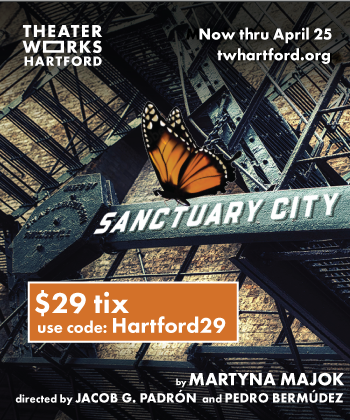By Aziah Siid
Do Black lives matter in schools?
With teachers saying the n-word in class, Black dolls being found hanging from nooses on campus, the funding of school police instead of counselors, diverse books being yanked from library shelves, the watering down of the AP African American Studies curriculum, and the ongoing crisis of the lowered academic expectations teachers have for Black kids…whew, there’s no doubt that racism is alive and well in the nation’s education system.
But with the recent resurgence of the Black Lives Matter movement, activists, community members, and students are coming together to create inclusive, justice, and equity-based solutions.
Through thoughtful programming, multilingual panels, and other events, Black Lives Matter at School, a “national coalition organizing for racial justice in education,” hosted its seventh-annual Black Lives Matter at School Week, which kicked off on Feb. 6.
The need for a coalition is clear: Black students face disproportionate rates of school suspension and unfair disciplining practices. Fueling the school-to-prison pipeline, the education system in the United States continues to use harsh discipline policies, deny students the right to learn about Black history, and underfund Black teachers and districts.
“Public schooling in this country has been impacted by systematic racism in the same way many other institutions have,” says Joseph Williams, director of Students Deserve and a core member of Black Lives Matter Los Angeles. “That has impacted the educational opportunities for Black youth for years and years.”
That’s why educators involved in the BLM at Schools movement have come up with four demands they believe students, teachers, parents, and community members should rally around year-round:
- End “zero tolerance” discipline, and implement restorative justice
- Hire more Black teachers
- Mandate Black history and ethnic studies in the K-12 curriculum
- Fund counselors, not cops
“This work is not just about police killing folks in schools. It’s also about all the different ways in which state-sanctioned and criminalization impact Black people, and in this case, Black youth,” Williams says.
Various panels during the week amplified the justice and equity-focused solutions students and educators are putting into practice.
Roosevelt High School in Seattle hosted a candid, student-led discussion on mental health titled “Counselors Not Cops,” featuring school therapists, retired school safety, students, and a host of community members from across the city. Together they called for students’ behavioral challenges to be treated with more empathy and sensitivity.
“You can’t fix the broken system, you get rid of it, and that’s what we need to do,” said Natalya McConnell, a junior at Franklin High School, also located in Seattle.
Another student on the panel, Mercer M.S. eighth-grader Miles Hagopian, shared his thoughts on the discomfort many students feel when there is such a heightened police presence in schools.
After the killing of Tyre Nichols or George Floyd, imagine how hard it is for “Black and Brown students to walk into a school with a police officer,” Hagopian said.
On another day, participants sat in an “Imagination Lab,” where students and educators alike open-heartedly dreamed up safe schools, communities, and futures.
And the conversation went global, too. Speakers from various nations discussed the inequalities impacting public education in schools in their homelands.
One education advocate, who works with students in Colombia, spoke on the need for teachers and leaders to acknowledge the needs of Black students.
Other organizations, like the Community Education Council District 14, located in New York City, hosted a virtual session focused on community care and best practices for bringing BLM at school to your community.
As organizer Christopher R. Rogers explained on Twitter, having Black Lives Matter in a school is “an invitation for communities to strategize and demand racial justice in public education + recognize schools as self-determined neighborhood spaces welcoming to Black-led intersectional justice-centered community organizing.”
Williams echoes that sentiment. “It’s really important that work is uplifted and folks are seeing it,” he says.





